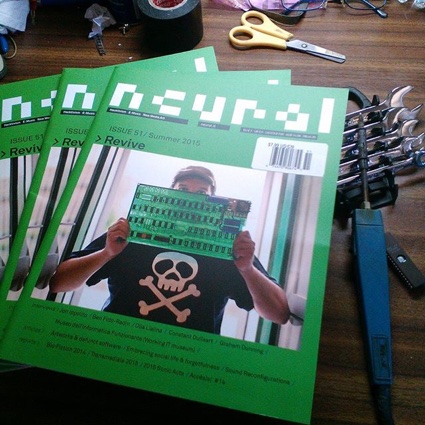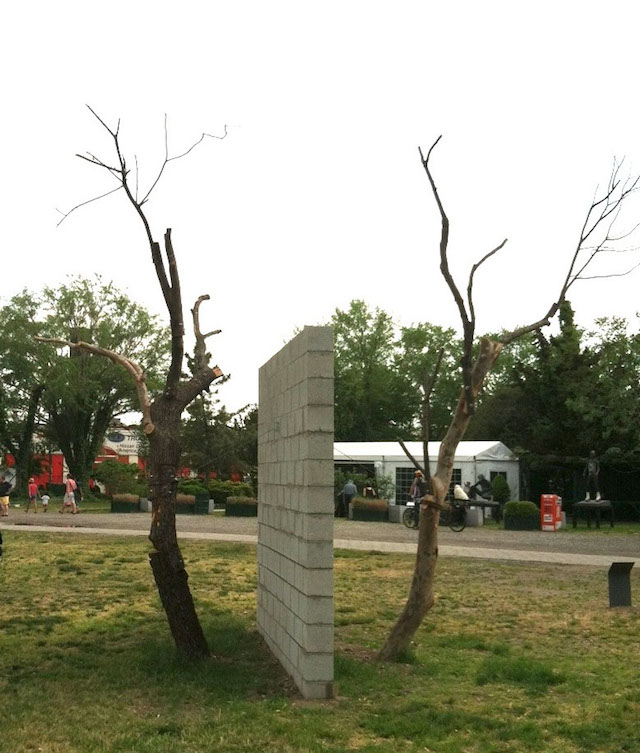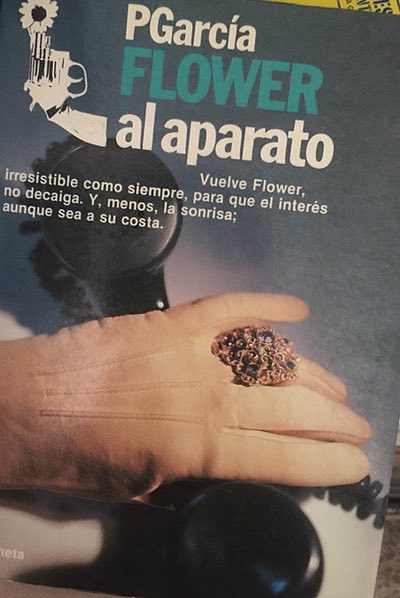Crees conocer la historia hasta que te pones a mirarla con atención. En este caso, la ciencia ficción parece seguir una línea clara desde Frankenstein o Verne hasta nuestro días, cuando en realidad esa progresión lineal es sobre todo una ilusión. Se trata más bien de un arbusto enmarañado donde muchas ramas se cruzan entre sí.
Otro aspecto a tener en cuenta es que muchos cambios culturales se inician con un proceso de enorme experimentación. Digamos que al principio nadie sabe cómo hacer las cosas y por tanto se hace de todo (los primeros años del cine también fueron así) a ver qué funciona. Con el tiempo, la formas se codifican, ya todo el mundo sabe «hacerlo bien» y la libertad se reduce. Luego, más adelante, ese «hacerlo bien» se percibe como limitación y se inicia otro proceso experimental, pero en ocasiones es una etapa menos variada que la fase «infantil».
Es por esa razón que los orígenes, habitualmente olvidados excepto por un par de figuras que se consideran clave, suelen resultar tan interesantes en cuento te tomas la molestia de acercarte a ellos.
Mike Ashley’s had an impressive career in science fiction as an editor and anthologist, from writing the four-volume History of the Science Fiction Magazine in the 1970s to editing the Mammoth Book of anthology series today. It seems he and I share some of the same values based on his introduction; he puts forth two popular genre misconceptions that this volume hopes to correct. First, that science fiction is a genre of just fanciful adventure stories, with its bug-eyed monsters and super-scientists jaunting across space and time. And second, that women writing science fiction is a newer development. Indeed, if you judge science fiction by the average “best-of” list and SF reader’s expectations, Ursula Le Guin was one of the first women to write in the genre. The Feminine Future collects fourteen science fiction stories by women writers, all of them written before the term “science fiction” was coined—even predating Gernsback’s ye olde “scientifiction.” These stories fall across the era of proto-SF, from contemporaries to Verne’s and Wells’ scientific romances all the way to early pulp SF tales in the ’20s and ’30s.
Origen: The Feminine Future, Mike Ashley | SF Mistressworks








